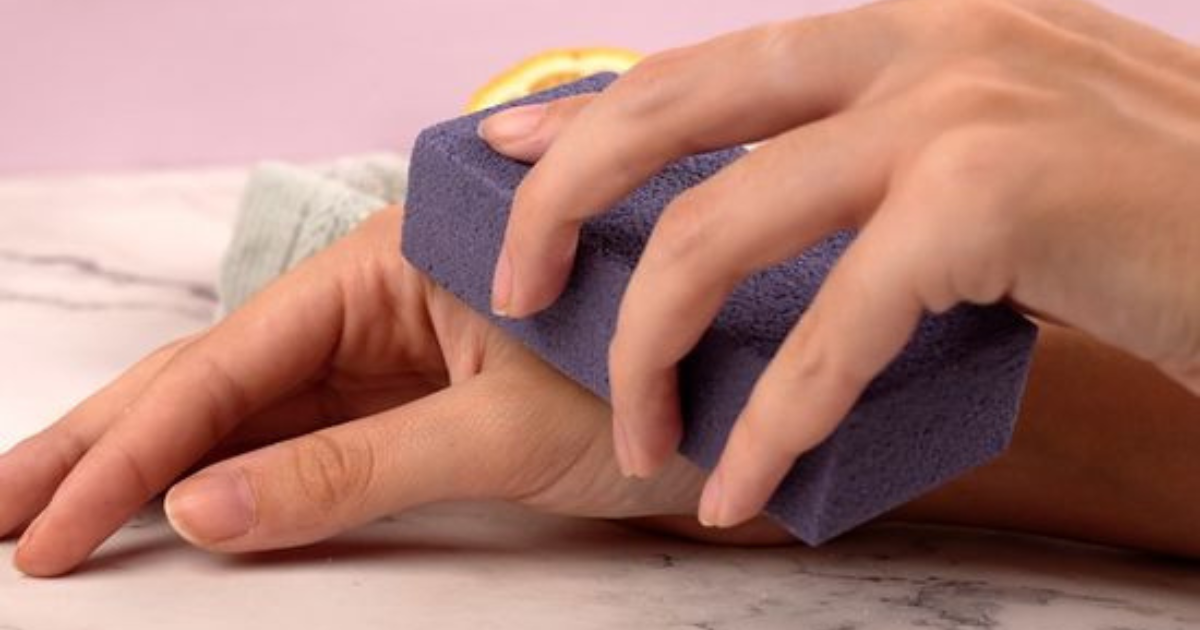How to Remove Super Glue from Skin Safely and Effectively
Accidentally getting super glue on your skin is surprisingly common, and while it’s designed for strong adhesion, there are safe, effective ways to remove it without causing harm. Super glue (cyanoacrylate) dries quickly and can bond to skin in seconds, but with patience and the right techniques, you can gently remove it using household items. Here’s a guide on how to remove super glue from your skin without irritation.
Methods for Removing Super Glue from Skin
1. Soak in Warm, Soapy Water
Warm, soapy water is one of the safest ways to soften and loosen super glue from the skin, especially if it hasn’t fully dried yet.
- How to Use: Fill a bowl with warm water and add a few drops of mild dish soap. Soak the affected area for 10–15 minutes, then gently rub or peel the glue away. Repeat as needed until the glue softens and lifts off the skin.
2. Use Acetone (Nail Polish Remover)
Acetone is highly effective for breaking down super glue. However, it’s best for small areas and should be used cautiously on sensitive skin.
- How to Use: Dip a cotton ball or swab in acetone-based nail polish remover and gently dab it onto the glue. Avoid rubbing, as it can irritate the skin. Once the glue softens, peel or gently rub it off. Wash the area with soap and water immediately afterward, as acetone can dry out the skin.
3. Apply Petroleum Jelly
Petroleum jelly, or Vaseline, can help soften super glue by penetrating the glue layers and breaking down the adhesive over time.
- How to Use: Apply a generous amount of petroleum jelly to the affected area and massage it in. Let it sit for a few minutes to soften the glue, then try to peel or rub the glue off. Repeat as necessary.
4. Try Olive Oil or Coconut Oil
Oils can help loosen the glue from the skin by weakening its adhesive properties, making this method gentle and ideal for sensitive skin.
- How to Use: Apply olive oil or coconut oil to the glue, rubbing it in with circular motions. Leave it on for a few minutes, then gently peel or rub the glue away. Rinse with warm soapy water after.
5. Use a Salt and Water Paste
A salt paste provides gentle exfoliation, which helps remove dried glue from the skin without harsh chemicals.
- How to Use: Mix a small amount of salt with water to form a thick paste. Rub the paste over the glue with light pressure in circular motions for 1–2 minutes. Rinse with warm water, and repeat if needed.
6. Lemon Juice for a Natural Solution
Lemon juice’s natural acidity can help dissolve super glue, making it ideal for smaller areas on the skin.
- How to Use: Soak the affected area in lemon juice for 5–10 minutes, then gently rub the glue with a soft cloth or your fingers. Rinse with water afterward.
Safety Tips for Removing Super Glue from Skin
- Avoid Pulling or Ripping the Glue: Forcefully peeling the glue may damage your skin. Instead, soften the glue first with one of the methods above.
- Patch Test with Acetone: If using acetone, test it on a small patch of skin first to ensure it doesn’t cause irritation, especially if you have sensitive skin.
- Moisturize Afterward: Some methods, particularly acetone and salt paste, can dry the skin. Moisturize after glue removal to keep the skin hydrated and reduce irritation.
Yes, white vinegar can help soften super glue. Soak a cotton ball in vinegar and dab it on the glue for a few minutes before gently peeling it off.
Soak your fingers in warm soapy water or apply oil between them to loosen the glue, then slowly peel them apart without forcing.
Acetone can be drying, so it’s best to use it sparingly and avoid it on very sensitive or irritated skin.
Lotion alone may not dissolve super glue, but it can help soften it and make removal easier if used in combination with soaking or exfoliation methods.
If super glue is near sensitive areas like the eyes or mouth, avoid acetone and instead try warm soapy water or oil. Seek medical help if the glue doesn’t come off easily.

Post Comment